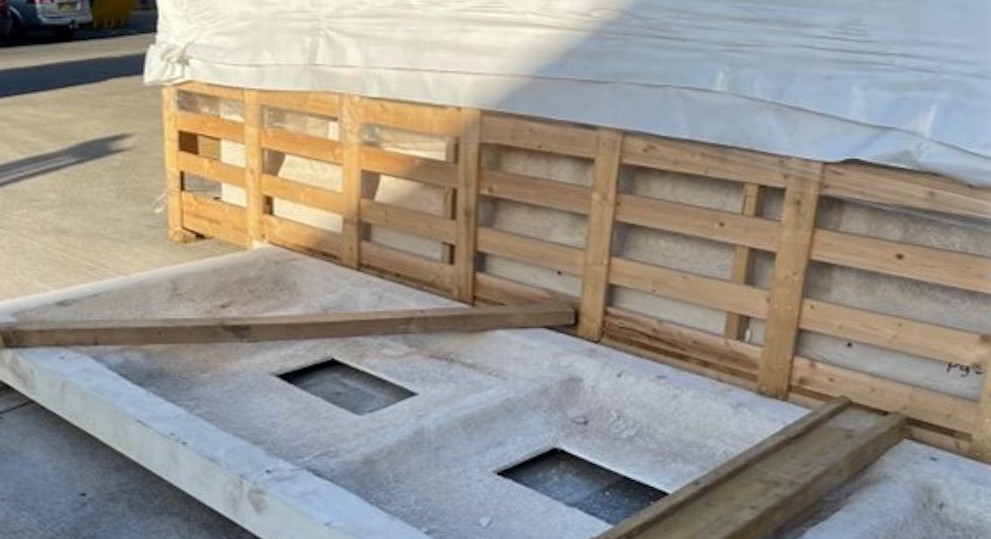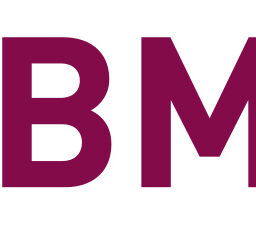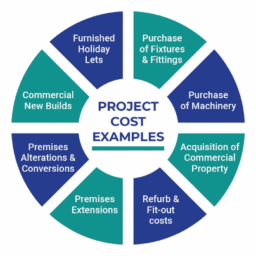
The importance of testing to validate finished product quality is an essential part of any manufacturing process. One industry where testing is particularly essential is the manufacture of Glassfibre Reinforced Concrete (GRC) cladding panels.
GRC is largely manufactured on a bespoke, handmade and labour-intensive basis. Despite being developed over 50 years, it is only within the last decade the market has grown and is now estimated to be approaching £100 million per annum in the UK alone.
With this growth and the increased use of GRC products on high-rise and other major construction projects, BMTA council member and owner of specialist consultants and testing laboratory, The GRC Centre, Bob Faulding, explores how testing may need to evolve in the sector.
GRC was developed by Pilkington Glass in the 1960s before being brought to market in the following decade. The need for extensive testing was recognised from the start and methods were developed at the company’s laboratories in Lancashire. Unfortunately, a lack of quality and testing expertise by licensed producers restricted the potential use of the composite due to several in-service failures in the 1970s and 80s.
As a result of these failures, testing standards were developed not only by the industry trade bodies but by British, European and American standards agencies.
The need for inspections and testing
Nearly half a century on from the initial problems with GRC, the industry seemingly hasn’t learnt from the mistakes of the past. There are still manufacturers who either regard testing as a box-ticking exercise or simply do not understand testing methodologies.
This is resulting in specifier and users again coming across failings in manufactured GRC which could have easily been avoided.
The basic inspection/testing requirements any manufacturer should undertake is to determine the thickness of the spray application at point of manufacture when the composite is still in the plastic state. As such, it must be carried out by the producer in the production environment. The test ensures that both the non-reinforced, facing coat and the actual ‘structural’ GRC are of the required thickness. Unfortunately, there is currently no published test standard, although this is a relatively easy test with simple measuring devices.
Once the product has attained its initial strength (approximately 7 days) the density test is carried out to either BS EN 1170-6¹ or GRCA MOT-2². Many manufacturers do not realise that the significance of density testing goes beyond the simple determination of weight. Density is a good indicator of material quality and consistency, good spraying techniques and importantly, good compaction. Consistency in density will generally lead to an equal consistency in flexural strength.
The final and the most important test is the flexural bending test which is carried out at 28 days. This determines the capacity of the material to withstand imposed wind loads when used as an architectural cladding material.
The above are the basic testing requirements for any manufacturer but there is enormous potential for GRC manufacturers to increase testing capabilities and provide more confidence in the material to specifiers and purchasers. At a strategic level, a consistent approach to inspections and testing also allows producers to refine mix designs thus reducing material costs whilst reliable test data assists engineers in reducing safety factors which again assist in cost-effective production methodologies.
Additional testing
Although the above represents the basic testing required, different applications may warrant a more through inspection and testing plan. Additional measures may include:
- Ageing testing which can be used to reduce the safety factors required in the engineering analysis.
- Facing coat/GRC compatibility testing to reduce potential for in-service crazing, cracking, bow inducement or delamination.
- Facing coat durability testing – impact strength, freeze-thaw cyclic weathering.
- Embedded anchors pull-out and shear capacity testing.
Increased testing frequencies
Current standards only require minimal test frequencies to determine the major compliance characteristic which is the material flexural strength at both elastic and ultimate limit state. BS EN 1169³ which is the manufacturing standard for all GRC products only requires the testing of the service limit once per annum. This is quite extraordinary given good GRC design is based on this primary material property. The GRCA Specification⁴ increases this frequency to twice per week.
At The GRC Centre we recommend that, on large projects, full bending testing should be undertaken every day by the manufacturers using their own in-house laboratory. Methods should be either BS EN 1170-5⁵ or GRCA MOT-3⁶. Interlaboratory testing procedures should be used to validate the primary test data.
Equally important is the density test. Many manufacturers question the validity of the test, however, it is essential to monitor product quality. Far more than just providing a basis for weight calculation, the test also serves as a tool to verify material consistency. Regular sampling of products for density testing can quickly identify issues with raw materials and workmanship in relation to the critical spraying and compacting processes used in most GRC factories.
Testing finished products
There are no requirements in any standard to test finished products.
Surprisingly for such a complex and hand-made material, final product testing is not a requirement of any current published standards. All testing is conducted on test boards produced purely for the purpose. From these, test specimens are sampled in accordance with the applicable test standards. As such, there is no guarantee that what is despatched to site is representative of test results.
Test boards are, like the products, handmade. However, unlike the manufactured product, they are simple, flat sheets not reflective of the complex three-dimensional shapes found on most current GRC projects. They are also typically 10% of the size of the actual finished product.
By assessing a random population of finished products, manufacturers and purchasers can be confident that design input values have been achieved.
There are also substantial financial benefits to be derived from sampling and testing from manufactured products. Many of the engineering safety factors which have to be included with the engineering design without such evaluations can be reduced. This results in products requiring less material and, valuable labour savings. The resultant lower weight goods can be transported and installed more easily offering not only commercial cost saving but also reducing the environmental impact.
Summary
Inspection and testing is an inherent part of the manufacturing process. For the industry to continue to thrive, everyone involved in the supply chain must understand the importance of regular, comprehensive and impartial validation in ensuring that products are fit for purpose, and function in the way they are intended.
This is true of any manufacturing system, however, when product realisation is dependent on high manual inputs, the potential for error is likely to increase directly in parallel with reductions in quality systems.
BMTA member testing laboratories should be able to be able to assist manufacturers in providing interlaboratory test evaluations as well as the more specialist and less frequent material proof testing.













